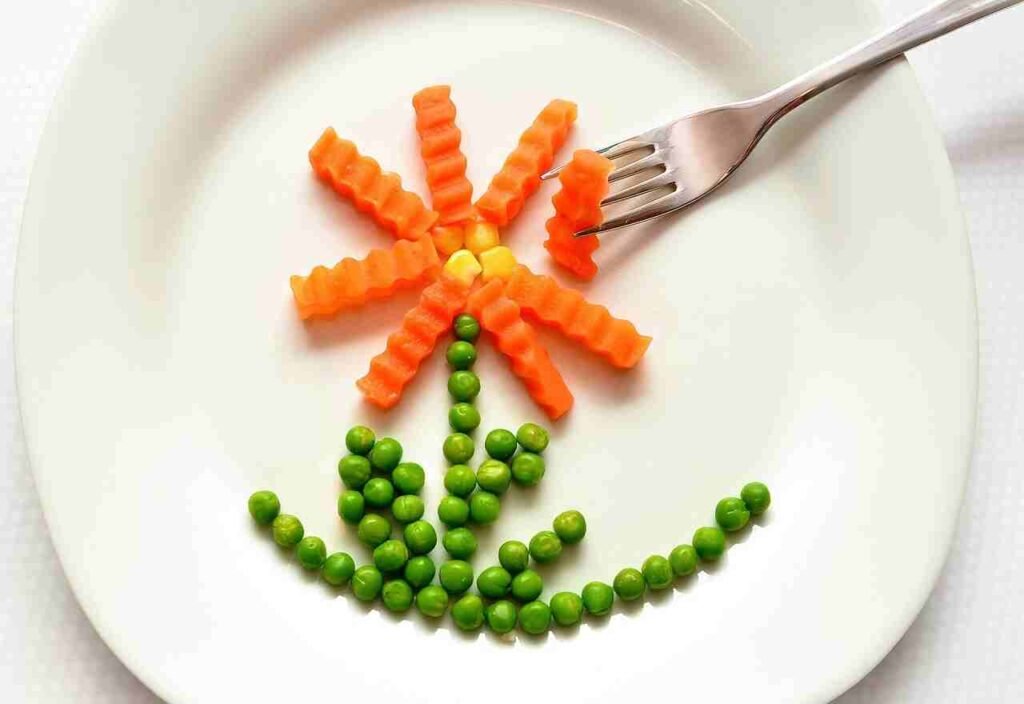I’m going to talk to you today about the following crops that you should plant in April. Get going!
Peas
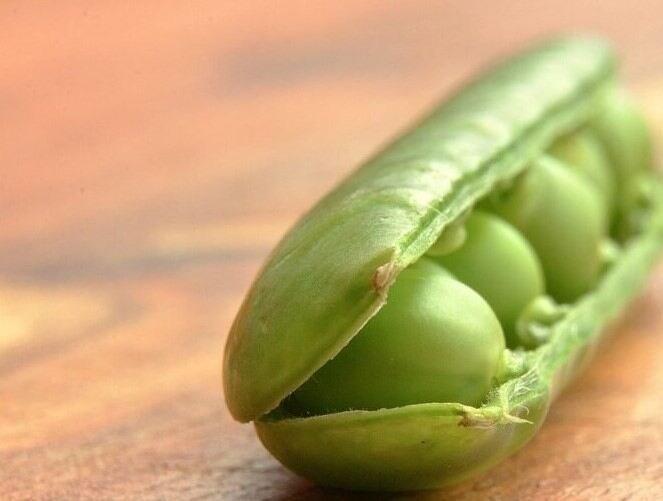
Let’s get started right away with our first crop: peas. Getting snap peas straight off the vine is unlike anything else. They not only taste great but also look great and are available in other colors than the standard green. I adore both the purple and yellow peas’ appearance and flavor. I recommend soaking your pea seeds for 24 hours prior to planting. Both the rate of germination and the speed of germination will benefit from this. I prefer to plant my peas 2 to 3 inches apart when planting. After that, I will return and insert them to a depth of about one to two inches. I’ll water them in after that. They will sprout in about two weeks and begin to emerge from the soil. I’ve had issues in the past with birds eating my young peas. I now protect my peas with this insect net, and it has made a big difference for me. Early peas thrive in soil that quickly heats up, such as a raised bed or sandy loam. Because it is up against this white fence, this section is ideal for my early peas. In the spring, it heats up beautifully, but in the summer, it gets really hot here.
Carrot
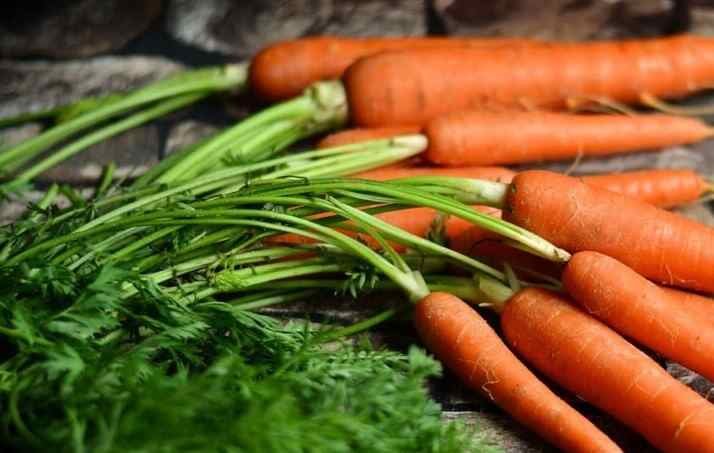
In April, you should plant carrots as your next crop. Orange, yellow, red, white, and other varieties of carrots are all favorites of mine. When germinating, carrots can be a bit finicky. Let me demonstrate a method I employ to ensure consistent and good germination. I use the square foot method when planting carrots. I plant 16 carrots per square foot as a result. I’ll just make a small indent like this, four rows of four, not very deep so that I can just cover them with soil. After that, I’ll simply insert my seeds, a few carrots per indentation. After that, I’ll simply return and cover them with soil equal to about one-fourth of an inch thick, just like this. I will then cover it with a board and water them in. Within one to three weeks, your carrots will sprout. Therefore, visit this location frequently to observe if they are beginning to sprout, and once you observe them beginning to emerge from the ground, remove the board. I will go through and thin out my carrots after they have sprouted, leaving me with 16 carrots per square foot. For carrots to grow in a nice shape, the soil needs to be free of rocks so the roots can easily push through it. This kind of soil makes it simple for the roots to move around without getting in the way. Go through the section that contains a lot of rocks and simply remove them. But you won’t have to worry about that if you make your own soil like I do.
Cucumber
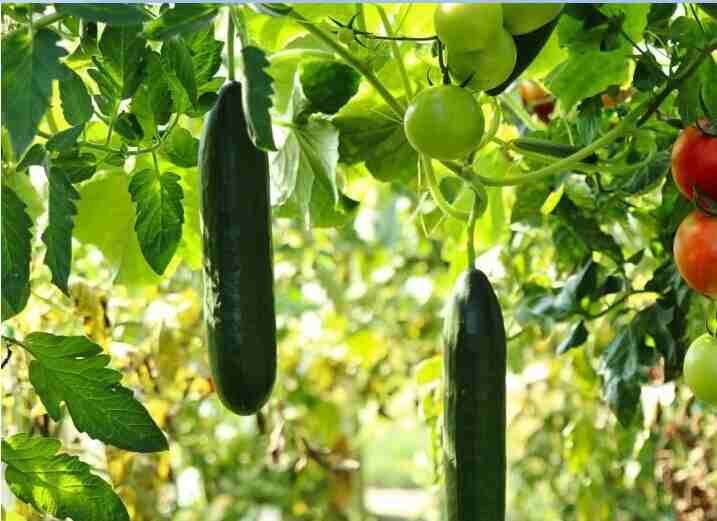
I begin planting my cucumbers indoors in the middle to late April. Buying some fresh cucumbers in the heat of summer is the best way to cool down. I recommend planting burp-free cucumbers like the Soo Long this year. The burpless cucumber beetles are less attractive to the cucumber beetles and less bitter. Cucumbers prefer soil temperatures between 60 and 90 degrees Fahrenheit. They will sprout in 3 to 5 days if the soil temperature is around 80°F. Let’s just drop these in this way. I’ll water them in after covering them up. similar to this. Then I’ll put our cover on top by grabbing it. Cucumbers are a summer vegetable that are extremely cold-resistant. When planting cucumbers, don’t rush the process because they need both the soil and the air to be warm for them to grow. Planting a little too early is preferable to planting too late. Cucumbers grow like crazy when the weather is right, according to my observations. They kind of just seem to wait for the temperatures to get just right if you try to get them out too early. Young, healthy cucumber plants that are left to grow outdoors perform much better and grow faster than older cucumber plants that are left to grow outdoors a little too early.
Squash
In late April, squash planting is ideal. Grow some summer squash varieties like the White Scallop Squash, the Gerber English Custard Squash, and the Costata Romanesco zucchini. Additionally, I recommend planting Butternut Squash, a winter squash that is virtually invulnerable to vine borer disease. Because they can easily become root-bound, I recommend using a container that is relatively large if you want to start your squash seeds inside. I’ll dig our holes when they start growing, and they prefer the soil to be above 70 degrees Fahrenheit. They will sprout in about one Iek at those temperatures in the soil. I’ll put these in and cover them later. Then I’ll simply water them in, truly fast, very much like this. After that, simply add a lid. It’s a good idea to transplant your seedlings into a larger container or, if it’s warm enough, into the garden when they have two true leaves like this one. Squash thrives in the heat and despises the cold. Before planting your squash, you should wait until there is no longer any risk of frost and the soil is warm. When it comes to planting squash, it’s always better to be a few weeks late than too early. To ensure that I always have young, healthy, and thriving plants growing, I will also direct sow squash in the garden at the beginning of May and plant another round of squash at the end of June or the beginning of July. In addition, you won’t have to worry about vine borers if you plant another round too late because you won’t be in the window of time when the adults lay their eggs.
Spinach

In April, I can direct sow the following crop: spinach. In my raised beds, I’ve grown a lot of big spinach plants. Your spinach plants will thrive in the early spring before the heat of summer causes them to bolt. Since spinach seeds don’t last as long as tomatoes do, I recommend buying new ones every year or saving your own. Additionally, I recommend soaking the spinach seeds for 24 hours prior to planting. Germination will greatly benefit from this. Like a lot of my other plants, I plant the seeds for spinach using the square foot method. You could plant four seeds or nine seeds per square foot. If you want your plants to grow large, I recommend planting four of them. You will just need to harvest more frequently if you plant nine seeds per square foot. Therefore, I will make four small, shallow divots in the soil for each square foot. I will simply drop a few of our soaking spinach seeds into each hole. Then, just like this, I’ll cover all of our seeds. After that, I’ll simply take our hose and water them all. In 5 to 9 days, your spinach seeds will sprout. I’ll thin them to four plants per square foot once they sprout. Spinach grows quickly, so in no time at all you’ll have a super-healthy green that you can put in your eggs or salad.
Radish
Now let’s move on to the crop that produces the most quickly when planted in April: radishes. From seed to harvest, a variety like the Pink Lady Slipper Radish only takes 30 days. When planting my radishes, I use the square foot method. I will plant 16 seeds per square foot, about 1/2 inch deep. Therefore, I will simply pass through, create our 16 holes here, and insert our radishes. After that, I’ll layer soil over them all. I’ll just water it in after that. I will continue planting radishes each Iek to ensure a staggered harvest, and I will soon be harvesting fresh pink radishes.
Potatoes
Potatoe are another crop that can be planted in April. It’s like searching for treasure—you never know what you’ll find when you dig up potatoes. Don’t let a lack of space stop you from growing potatoes in buckets as I did when I was sick. The potatoes are planted about three weeks before the last spring frost, spaced six inches apart, and covered with about five inches of soil. Your potato should begin to sprout in a few weeks, and I will layer soil around the plants as they grow.
Onion
In April, onions will be planted as the next crop. If you want to plant onions in April, I recommend planting them from sets rather than seeds, as shown here. About four to six weeks before my last frost, I plant my onion sets and grow about nine onions per square foot. In addition, I ensure that the onions are arranged correctly, with the flat side facing down and the tail side pointed upward, indicating the source of the new growth.
Lettuce:

You can also plant lettuce at this time of year. I adore growing lettuce in the garden because it grows quickly, tastes delicious, and looks beautiful. I plant four lettuce seeds per square foot when direct sowing. Then, just like in this picture, I’ll lightly cover them with soil that’s about 1/4 inch thick. I will then water them in. Because lettuce seeds need light to grow, they shouldn’t be planted too deep. After planting a few more lettuce seeds in each hole, I’ll go back and thin them out until there are only four lettuce plants per square foot. Most of the time, I start my lettuce indoors from seed and then transplant it into the garden as shown here. I believe this is more effective than waiting for the lettuce to sprout because I can plug it into the garden right away and it will begin growing right away. You’ll get a staggered harvest and keep your lettuce bowl full by continuing to plant lettuce seed every two weeks.
Swiss chard
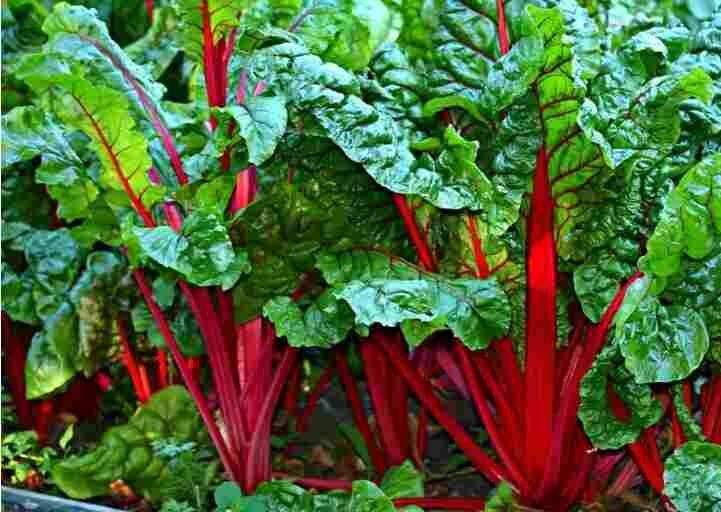
Another crop that I can plant in April is Swiss chard. Even during the hottest part of the summer, Swiss chard can grow year-round. Additionally, I believe it is an underrated vegetable due to its stunning appearance. I plant four Swiss chard plants per square foot. Just make a few of these holes, and I’ll put our seeds in, one or two seeds per hole. After that, I’ll water it in and cover them. I’ll cut down on the number of Swiss chard plants per square foot after the seeds sprout. Swiss chard is a simple crop to grow; however, if you neglect to water it when the summer heats up, it will continue to produce food throughout the year.
Beets
Beets are the next crop that will be planted in April. Beets, like the majority of root crops, thrive when directly sown. Nine beets will be planted per square foot. I’ll just make nine holes in one square foot, plant our beets about 1/2 inch deep, sprinkle a few seeds on top, cover them all with soil, and then just water in. After the beet seeds have sprouted, I will thin it down to two to three plants in a clump and let them grow that way. They seem to have no problem growing together, and you still get a lot of fruit. The best time to plant beets is in the spring, when temperatures are between 60 and 65 degrees Fahrenheit.
Arugula
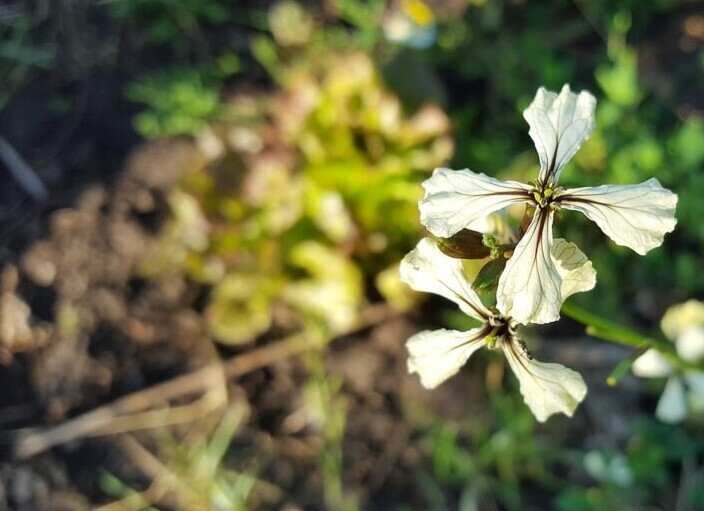
Argula is my choice for a bonus crop to plant in April. This one is delicious; you must plant it to enjoy the distinctive flavor of the nutty, sharp leaves. Arugula can be sown directly, but I prefer to plant it indoors and then transplant it into the garden. Since arugula will wilt in the summer heat, you should plant it as soon as possible. Additionally, it is cold-tolerant, so it can withstand a light frost. I’m telling you, plant some arugula and enjoy its nutty, delicious flavor.
I hope you learned something from it and enjoyed it.

